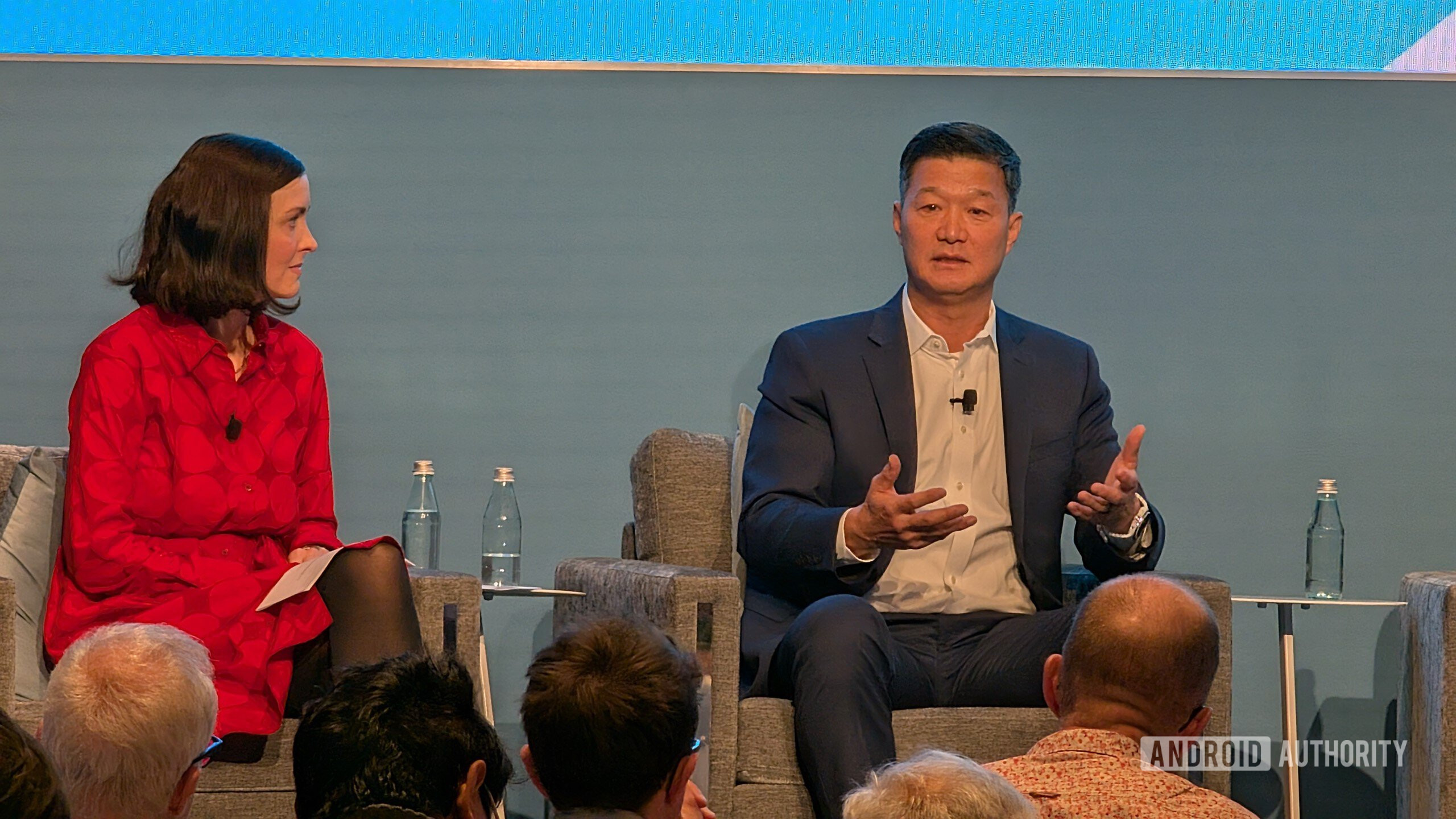Kaitlyn Cimino / Android Authority
tl; dr
- Continuous glucose monitors provide diabetic patients with an invaluable data set for managing their blood glucose levels.
- Currently, these wearable solutions use needles to access the bloodstream.
- Samsung is working to remove needles from the equation with a non-invasive optical solution.
Smart wearables are primarily useful thanks to all the sensor data they can collect. As long as we have them, they count our steps, read our pulse, and measure our blood oxygen content. Companies that make the best wearables are always interested in pushing restrictions to add new sensor features to their products, such as how many people have experimented with blood pressure. Today we are learning about Samsung's efforts to achieve just such a milestone: non-invasive photoblood glucose monitoring.
People with diabetes have been testing glucose levels for decades, and technology has been improving a lot, and wearable continuous glucose monitors that connect to your phone via Bluetooth, from the age of finger blood draws and test strips It has brought us to. And because these testing options are more accessible (lower needle and blood exposure), even non-diabetic patients can use data on glucose levels to make nutrition and health decisions. It's increasing.

C. Scott Brown / Android Authority
The Holy Grail is just as accurate, compact and non-invasive as the optical sensors we currently use for pulse and blood oxygen monitoring. No one has broken the nut commercially, but Samsung has worked hard for yearsand could become a company that does that.
At the Samsung Health Forum, the company hosted today in San Jose, Hongpark's senior vice president spoke briefly about the work his team has done to achieve this goal.
What I'm really excited about is our team. As you can imagine, we are working on non-invasive optically-based continuous glucose monitors. I can't tell you time [of the launch]but I'm very excited by the progress we're making. This would be a game changer if we did it right.
In fact, if Samsung is one of the first companies to be on the market with such technology, it could be huge for Galaxy Watch sales. Perhaps the biggest competition from Apple is from Apple, which also invests heavily in the development of wearable health sensors. Given the nature of the comments we are hearing today, you may not want to bet that Samsung's solution is ready in time for the Galaxy Watch 8, but you want to see if there are any additional signs of progress. I think so.


